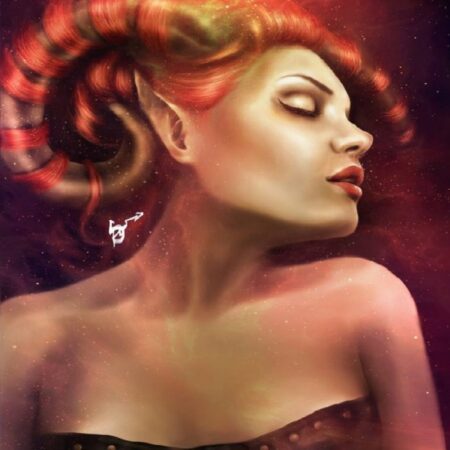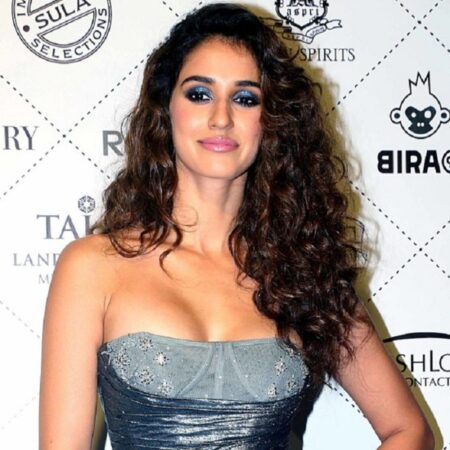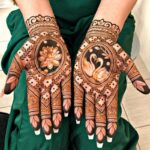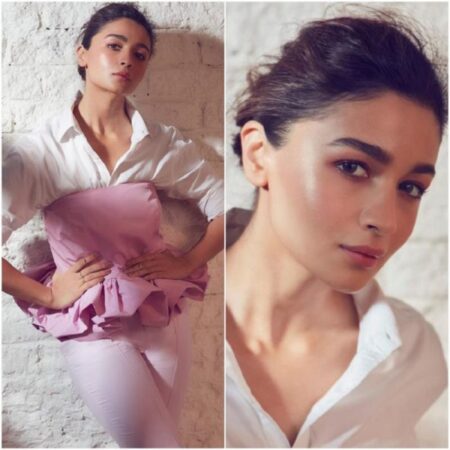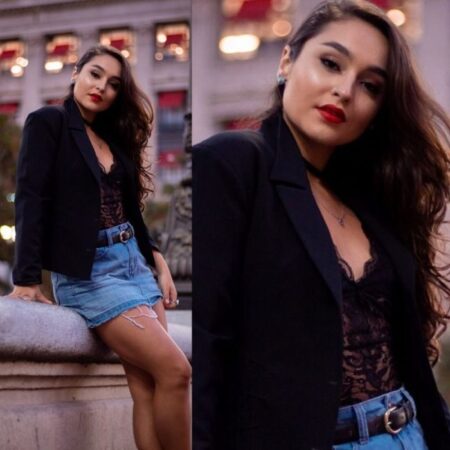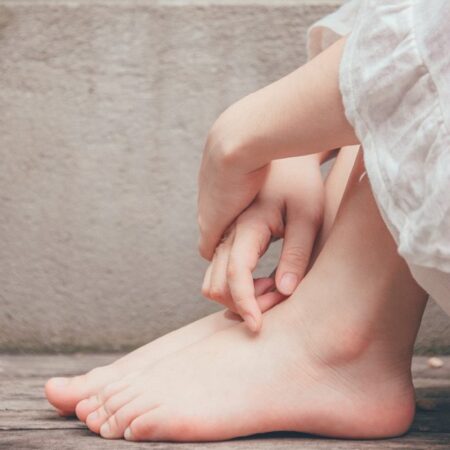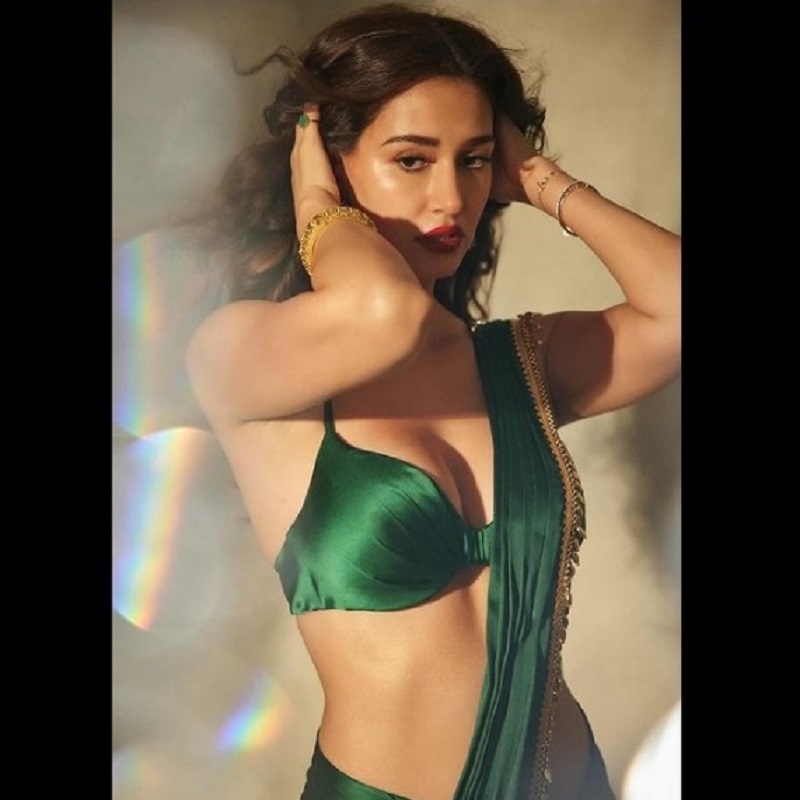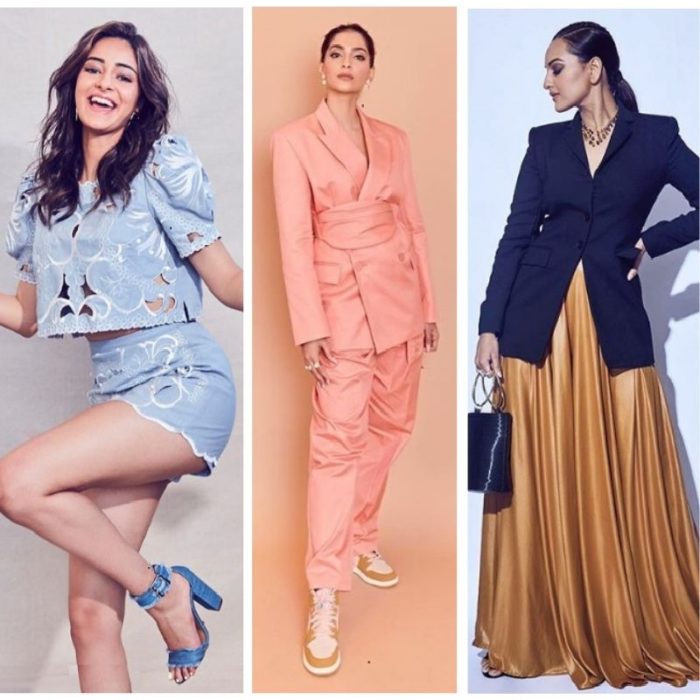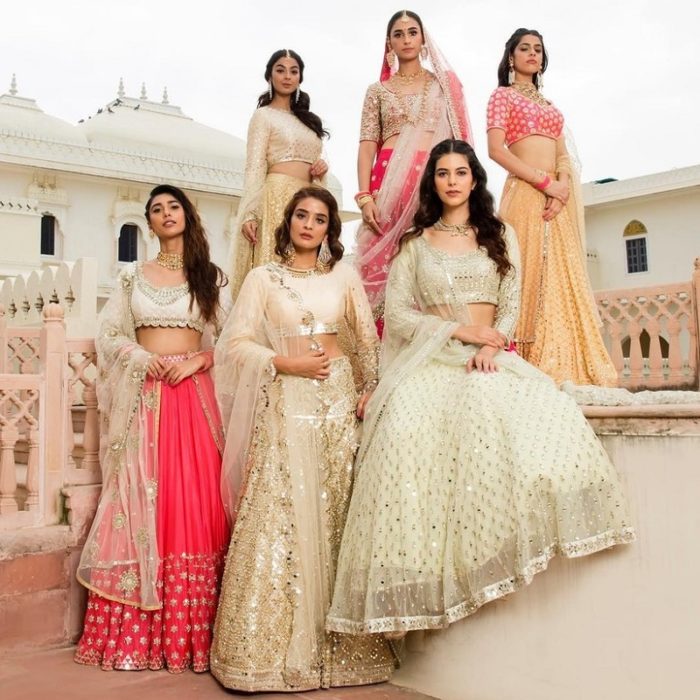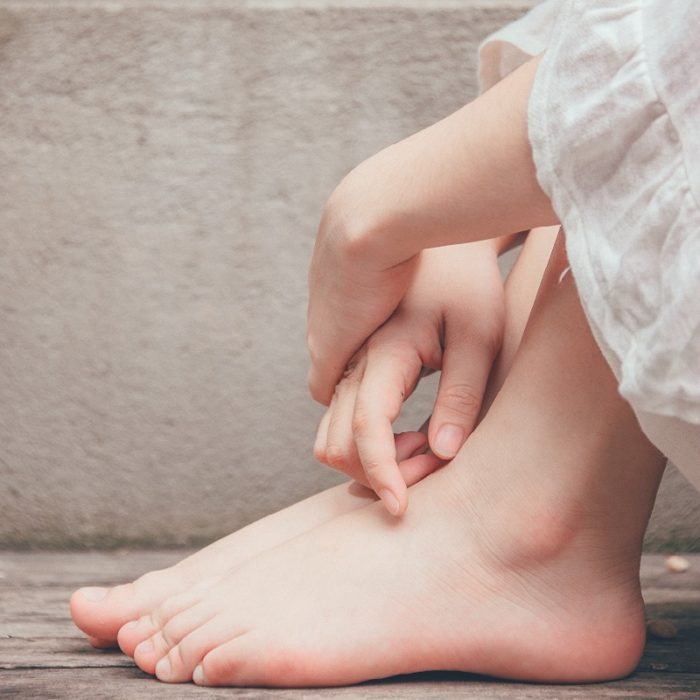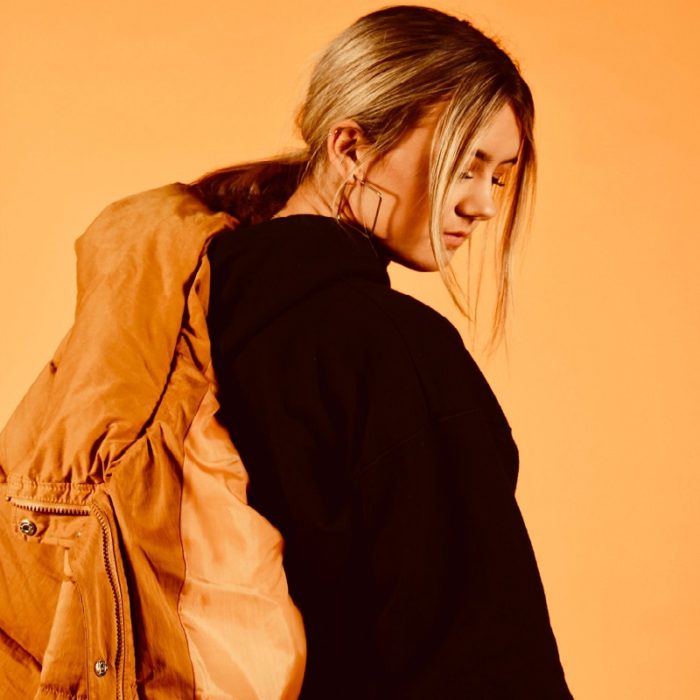All About Women Fashion

Introduction:
Women’s fashion is an ever-evolving world that is constantly changing with new trends and styles emerging every season. It’s a world where clothes are not just garments but a form of self-expression. It can reveal one’s personality, mood, and even social status. Fashion has become an essential part of modern life, and women all over the world are embracing it wholeheartedly.
Fashion has always been associated with women, and throughout history, women have been the trendsetters of fashion. Today, women’s fashion is a multibillion-dollar industry. As it influences everything from clothing to cosmetics, accessories to shoes, and even hairstyles.
In this blog post, we will be discussing women’s fashion and how it has evolved over the years. From traditional dresses to contemporary streetwear, and how it reflects women’s empowerment and freedom.
Traditional Women’s Fashion:
The traditional women’s fashion varies across different regions of the world. It is a reflection of the culture, climate, and lifestyle. In India, the saree is a quintessential piece of clothing that is draped in a variety of styles and materials. It can be worn for formal and informal occasions. In China, the qipao is figure-hugging dress that features high collar and slits on the sides that reveal legs. The Middle East, women wear abaya, that covers the entire body except the face and hands.
In Europe, women’s fashion was heavily influenced by the Victorian era. It was characterized by long dresses with tight corsets and high collars. Women’s fashion began to change in the 1920s, and the flapper style emerged. It featured shorter hemlines, looser clothing, and straighter silhouettes.
The Rise of Women’s Fashion Industry:
The rise of women’s fashion industry in the 20th century was a significant turning point in the world of fashion. The industry began to focus on creating clothes that were not only functional but also fashionable, and designers started to create unique pieces that were meant to make a statement.
The 1960s was a time of great social and cultural change, and the fashion industry reflected this change by creating clothes that were more colorful, playful, and daring. Women’s fashion became more about individuality, and women began to experiment with different styles, from the mod look to hippie fashion.
In the 1970s, women’s fashion continued to evolve, and the disco era brought with it new trends such as hot pants, jumpsuits, and platform shoes. In the 1980s, fashion was all about power dressing, and women began to wear suits with shoulder pads and bold colors. The 1990s was a time of minimalism, and designers began to create clothes that were more simple and streamlined.
Women’s Fashion Today:
Today, women’s fashion is more diverse and inclusive than ever before. The fashion industry has realized that women come in all shapes and sizes, and designers are creating clothes that cater to a range of body types. Plus-size models have become more common on runways and in advertising, and the body positivity movement has encouraged women to embrace their bodies and dress to feel good about themselves.
Streetwear has also become a significant trend in women’s fashion, and it has given women the freedom to express themselves in a more casual and comfortable way. Women are wearing sneakers with dresses, oversized t-shirts, and baggy pants, and it has become a form of rebellion against traditional fashion norms.
Conclusion:
Women’s fashion has come a long way since the days of corsets and long dresses. Today, women have the freedom to express themselves through their clothing in ways that were once unimaginable. Fashion has become a form of self-expression, and it has given women the power to express themselves.



